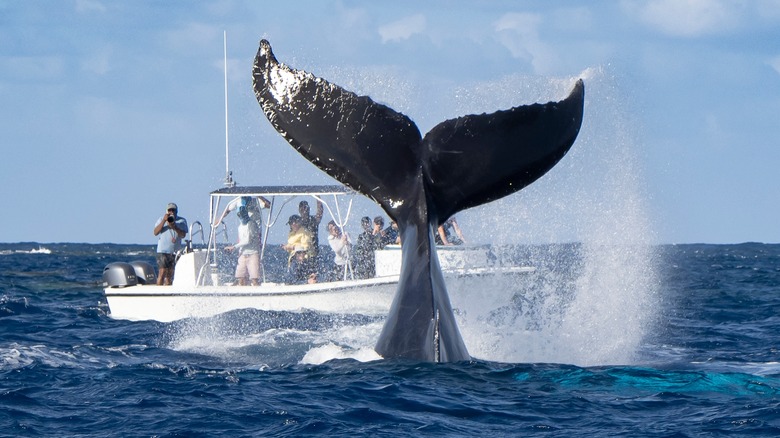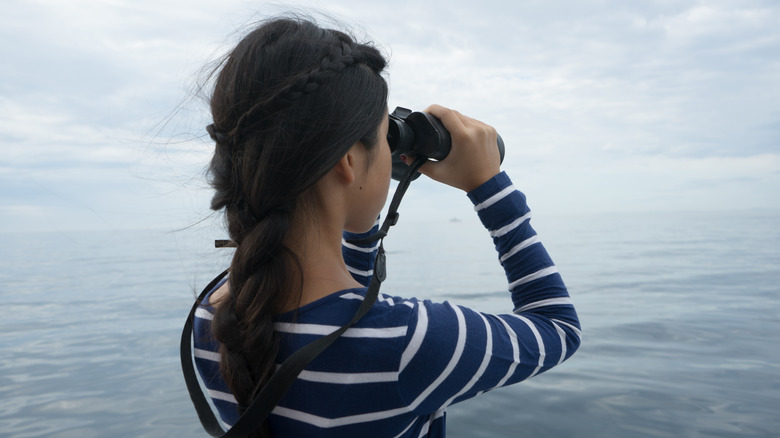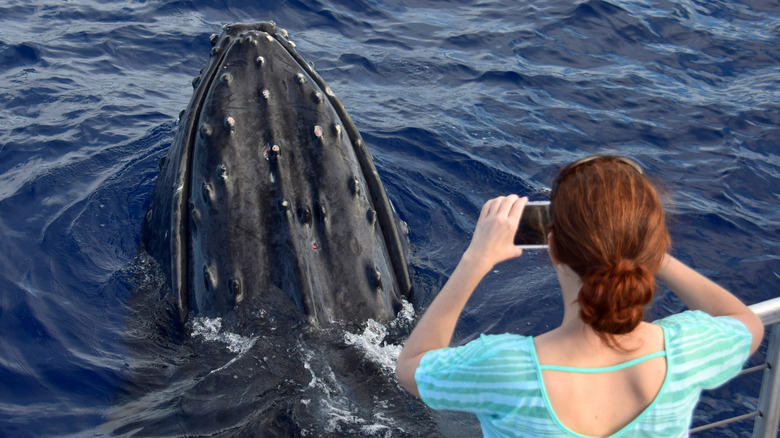Preparation Tips For A Fun And Successful Whale Watching Adventure
Eco-tourism has been steadily growing in popularity over the past few decades. One of the fastest growing segments of this world tourism stream is whale watching. According to Whale Scientists, more than 13 million people a year go on whale watching tours in over 100 countries, making whale watching a billion-dollar industry globally. Whale watching in North America takes place in a wide variety of settings from the Baja Peninsula in Mexico to Juneau, Alaska, and from the Hawaiian Islands to Gloucester, Massachusetts. The type of whale watching experience also varies greatly from self-guided land-based trips in marine national parks to guided boating excursions.
Obviously, anyone going on a whale watching adventure wants to make the most out of the experience. Being properly prepared before heading out on a whale watching tour can make all the difference in the type of trip you have. Given that these excursions take place over such a wide range of geographic locations, there are some necessary items that will vary from locale to locale. However, there are some staples for a fun and successful whale watching adventure no matter the destination.
What to bring on a whale watching trip
What you need to bring on a whale watching excursion can be broken down into three basic categories: safety, comfort, and vision. If you are doing a DIY land-based excursion, you need to pack the 10 hiking essentials for emergencies, just as you would on any hike. The same goes for boating. While a chartered whale watching vessel will be equipped with all U.S. Coast Guard required gear, those kayaking or DIY boating for whale watching need to make sure they have all necessary lifesaving equipment before leaving the dock. Regardless of going on your own or on a charter vessel, if you are prone to seasickness, stay well hydrated, consider OTC seasickness medicine, and remain on deck -– as opposed to enclosed cabin -– as much as possible.
Whether whale watching from land or sea, be sure to dress for the occasion. Many whale watching locales are chilly — even on the warmest days. Additionally, the waters whales are found in tend to be cool even in some of the destinations that have warmer air temperatures. So, the ocean breeze can make it feel colder than expected. The best bet is to dress in layers and bring a light jacket or possibly a small blanket for the boat ride for when the temperatures dip. However, even if it is chilly, the sun can be an issue. Sunglasses, preferably polarized, a cap, and sunblock should all be part of your packing list. Additionally, be sure to bring a pair of binoculars to get the best view regardless of how far away the whales are when spotted.
Get memorable photos of your whale watching adventure
Even though the memory of a whale watching excursion will likely remain vivid, it will remain even more so with great shots to remind you. Whether you are using a camera phone or digital camera, be sure to take photos throughout the trip — along the hiking trail or at the dock, as well as at the lookout point or on the boat. Take photos of yourself and everyone in your group.
When it comes to capturing images of the whales, be sure you are ready with the camera at all times and have a clear field of view. The ultimate shot for most whale watchers is of a breaching whale. While it may seem as if they are moving in slow motion, in order to get a crisp shot it is usually best to shoot in a burst or continuous shooting mode. If a whale spotted on the surface dives, keep an eye on the horizon ahead of the direction it was moving, as it will not come up in the same spot twice. If the whale begins to dive at a sharp angle, be prepared for a tail shot, but hold your shutter fire until the tail is completely visible above the water's surface. Finally, be sure to work in a few sunrise or sunset shots to complete your whale watching experience portfolio.


